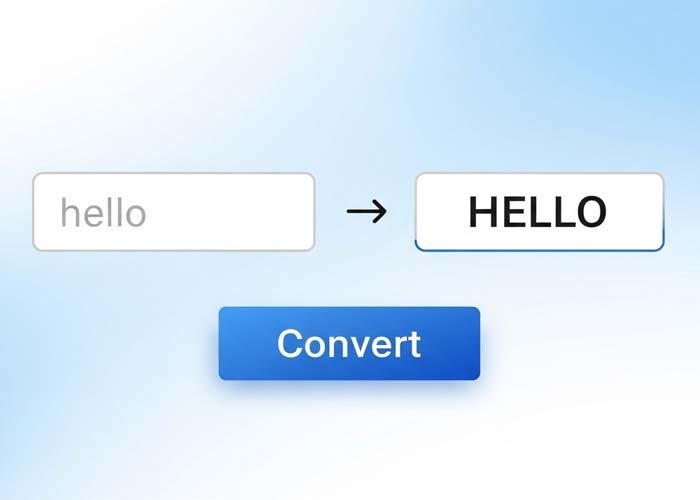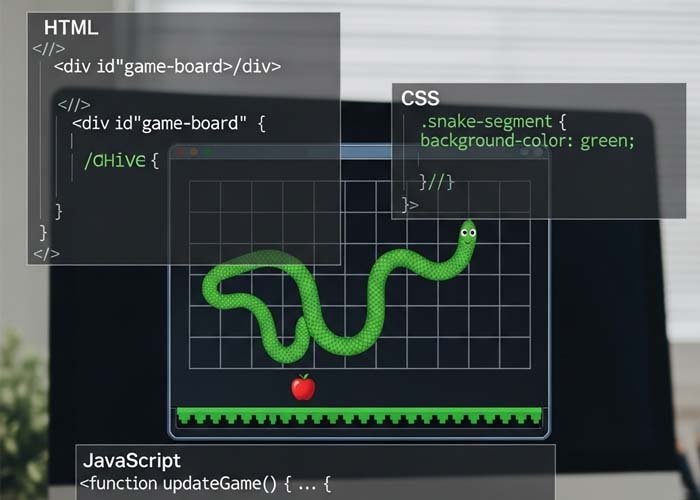Stylish Rocker Switch Toggle Using HTML and CSS
If you’re looking for a creative and eye-catching toggle switch for your website, this rocker-style switch is a fantastic alternative to the usual on/off toggles. Inspired by physical rocker switches, this component is built using just HTML and CSS, with no JavaScript required.
This tutorial walks you through how the switch works and why it’s a great UI element for both fun and functional user interactions.
What Is a Rocker Switch?
A rocker switch is a type of binary switch that mimics the look and feel of real-world physical toggle switches. Instead of a flat slider or checkbox, the rocker gives users a more three-dimensional and tactile experience.
In this design, users can toggle between “Yes” and “No” states — and the switch visually rocks between them, changing shape and color as it does.
How This CSS Rocker Switch Works
1. Structure Using HTML
The switch is created using a simple <label> element with two <span> elements inside:
One span for the left (Yes) position
One for the right (No) position
A hidden checkbox input is used to track the state of the toggle.
2. Base Styling
The .rocker class defines the size, font, and layout. The appearance of the switch is controlled entirely by CSS pseudo-elements and transitions, giving it a smooth and responsive feel.
3. Switch Left (Yes)
When unchecked:
Appears raised and tilted
Gray background with dark text
When checked:
Turns blue (
#0084d0)Straightens out and looks “pressed”
Text turns white
4. Switch Right (No)
When unchecked:
Bright red color
Positioned on the right
When the checkbox is toggled, it dims and tilts backward, simulating a rocker movement.
5. Shadows and Angles
To create the 3D effect:
Skew and rotate CSS properties are used
Pseudo-elements
::beforesimulate the switch’s sidesTransitions animate the movement between states smoothly
Features of This Rocker Switch
No JavaScript needed — pure HTML & CSS
Fully customizable colors, size, and labels
Keyboard accessible and focus-friendly
Ideal for forms, settings toggles, or playful UI interactions
Use Cases
This rocker switch is a perfect fit for:
Light/dark mode toggles
Yes/No questions
Subscription or opt-in settings
Interactive dashboards
Gamified web forms
Conclusion
With just a few lines of code, you can bring your UI to life using this rocker-style toggle switch. It’s a fun and visually appealing way to engage users while maintaining accessibility and simplicity.
Whether you’re working on a settings panel, user preferences, or just want to add flair to your form inputs, this CSS-only rocker switch will stand out and perform smoothly.
This code uses HTML and CSS only — no JavaScript included.
Copyright – 2025 bandirevanth (Bandi Revanth)
Permission is freely granted to anyone who obtains a copy of this software and its accompanying documentation files (referred to as “the Software”), allowing them to use, copy, modify, merge, publish, distribute, sublicense, and even sell copies of the Software. Additionally, users are allowed to permit others to use the Software under these same terms.
It is required that the above copyright notices and this permission notice be included in all versions or significant portions of the Software.
Please note, the Software is provided “as is”, without any form of warranty—express or implied. This includes, but is not limited to, warranties of merchantability, fitness for a specific purpose, or non-infringement. Under no circumstances shall the original authors or rights holders be held responsible for any claims, damages, or other liabilities that may arise from the use of the Software, whether through legal action, negligence, or otherwise.
All code on Freeofcosts.com is reviewed before publishing. Each post includes a live code editor with real-time preview, so you can experiment and learn by doing. Most code is open-source and free to use or modify under respective licenses.



